The most oft-ignored of the four assassins, but still a very powerful piece that can tip many matchups in your favor and is outstanding against the right targets. Click to read on, or check out the Tactics Corner for more reviews and strategies.
Overview
The Callidus Temple of assassins is perhaps the most covert of the four major temples; the others may do their work silently, but given good circumstances the target of a Callidus may never have any idea that she was there, nor will anyone around the target for days, weeks, or even months after the deed has already been done. By use of the drug Polymorphine, a Callidus can assume nearly any possible humanoid shape in order to infiltrate a compound, stalking her target relentlessly in the guise of another until they present a single moment of vulnerability. Polymorphine can even be used for stranger purposes still- stories tell of a Callidus that stole away the infant son of a rebellious planetary governor in her gut by distending her jaws unnaturally wide and swallowing him, the better to ransom his life for the governor’s obedience.
On the tabletop a Callidus has the same statline as the other assassins do; movement 7″ makes her relatively speedy on the tabletop, although not exceptionally so. Weapon and ballistic skill 2+ means that her attacks rarely miss, while strength and toughness four give her a certain level of basic competency in combat. Five wounds and five attacks sit her above the norm for most characters, and leadership 9 (as well as save 6+) are almost never relevant except in the most unusual of circumstances. At 85pts, the Callidus can be consider a real steal, especially given the equipment and rules she comes with.
Special Rules and Wargear
As with all assassins, the Callidus comes with three abilities generic to the faction and a large swathe of unique ones. Lightning Reflexes, of course, gives her a 4++ save- the only one she has. Independent Operative allows her to go into normal reserve (though you will never use that portion, as she has a better ability that makes it redundant) as well as preventing her from getting a warlord trait. Execution Force simply dictates how she is allowed to be included in detachments, and has no effect during a game.
Polymorphine is the most distinctive rule for the Callidus- it allows her to be placed into reserve, but when she arrives she can set up anywhere that is more than d6+3″ from all enemy models. Although unreliable, this has the potential to put her very close to the enemy and it makes blocking her out from arriving very nearly impossible (though she can still potentially be screened out by placing units surrounding her target.) Note that as with other models, this distance is measured diagonally where relevant, meaning that she can often appear from the upper reaches of a building if necessary.
Hit and Run is much simpler- when the Callidus falls back, she is not prohibited from shooting or charging that turn. It’s basic, but it allows her a lot of freedom in harassing an enemy backfield, especially in combination with the infantry keyword to move through walls.
Finally, Reign of Confusion triggers if you have any Callidus Assassins in your army (not necessarily in play) on the first battle round. Every time the enemy attempts to activate a stratagem that round, they have to roll a die; on a 4+, the stratagem is negated unless they spend an extra 1CP. The ability is not cumulative if you have multiple Assassins in the army, nor does it have any effect on stratagems used before the battle starts, but even so it can potentially put a serious crimp in your opponent’s use of CP in the early turns of the game.
For equipment, a Callidus is armed with a Neural Shredder. With a 9″ range, it is usable from reserves on anything except the worst possible roll, and if it hits you roll 3d6 and compare to the enemy’s leadership- if it equals or beats it, they take d3 mortal wounds. While this isn’t an immense amount of damage, you should consistently be able to get off wounds against even the most stalwart of targets- it’s almost 75% against Ld9 targets, which is about as high as most units go, and the more common Ld8 or Ld7 units are of course even higher odds.
In melee combat, the Callidus comes with a pair of weapons. Her Phase Blades (S4 AP-3 Dmg2) saw a significant bump from their previous version with the upgraded damage, and now they are quite dangerous- they still ignore all invulnerable saves, and with their good AP value most enemies will have little or no save at all against them. Tough models like Smash Captains can find themselves in a lot of danger against a Callidus, and that goes double for Aeldari models that also have a low toughness value. In addition, the Callidus comes with Poison Blades, which let her make one additional attack at AP-1 Dmg1 that always wounds on a 3+ (except against vehicles)- while it’s not a lot, that bonus attack can add up over time and be just what you need to finish something off, so don’t forget about it.
Stratagems
The Callidus, unfortunately, has two of the weaker stratagems of all the assassins; while they aren’t useless, they will often feel underwhelming, especially because neither one has a guaranteed effect. On the other hand, apart from the Eversor, the Callidus is the most likely to be able to trigger Priority Threat Neutralized, so she is likely to earn you CP over the course of a game rather than costing you any.
Acrobatic is the cheaper of her two strats, at only 1CP. It allows the Callidus to advance and charge that turn, making her a little more mobile than she otherwise might be, and gives all enemies a -1 to hit penalty against her until the start of the next battle round. Note that due to extremely poor wording, the second part of that ability is fairly useless if you are the player with the bottom of the turn, as the -1 will only apply for the duration of your turn (and not the enemy turn, as the battle round will end after your turn finishes.) You might occasionally get some use from this if you are expecting to charge your Callidus into something like a Smash Captain that is already moderately inaccurate, or if you are aiming for a hail mary against a larger enemy unit, but it won’t usually be worth the cost for that- however, if there is a long charge you need to make the extra d6″ from advancing might make the difference. Note also that the Callidus’s weapon is Assault anyways, so you will still be able to fire it (albeit at a -1 penalty.) Also note that since the strat can be used at any point during the movement phase, if you wish you can make the Callidus’s advance roll and then decide whether to activate it based on the result of that roll, which will occasionally be helpful.
Supreme Deception, the other strat they have available, is a little more expensive at 2CP. It can be used at the start of any round after the first and “re-activates” the Callidus’s Reign of Confusion ability for the duration of that battle round, forcing the enemy to randomly spend more CP. Due to the way most armies spend CP you will almost always be activating this on the second battle round if you are going to do it, since that is when they will be using the most stratagems (and hence you will get the most value out of it.) Supreme Deception has the most utility against armies that activate large numbers of 1CP or 2CP stratagems; it can also work well on armies that start with relatively low numbers of CP to begin with and expect to burn themselves out quickly, such as Ynnari. However, unless you are an army with tons of CP of your own, you usually won’t get a lot out of activating it, so think long and hard before doing so to determine whether you can see better use out of its cost than the potential harm it does to the enemy.
Uses
So, of all the assassins, the Callidus probably has gotten the least attention overall; unlike the Vindicare, Eversor, and Culexus, she doesn’t have an obvious, singular use and isn’t clearly suited to a particular role. She is clearly meant for taking out HQs, but doing so requires more of a delay and arguably more dice rolls than with the Vindicare, and she certainly lacks the horde-clearing abilities of the Eversor. She doesn’t even have the mono-focus power of the Culexus to hunt a particular kind of target, so what good is she, really?
Well, the truth is that she isn’t as singular as the other three assassins, but that’s not a bad thing. While a Callidus may not have any one role it is absolutely supreme at, it serves as a very strong generalist in a variety of ways and can still do things that none of the others are capable of. If you’re setting aside those 85pts to have a “bonus assassin” in your list, the Callidus is probably one you may end up taking a surprisingly large number of times.
At her most basic level, the Callidus is a very good assassin- not just in the 40K sense, but in the more specific sense. By popping out of reserves near a target, hitting it with her Neural Shredder, and then charging into combat, a Callidus can take out most characters in the game pretty handily. While she struggles a bit against T4 models (and is greatly disadvantaged against T5+), if you’re willing to dedicate a CP to one of her wound rolls she can generally take out a Smash Captain in a single go and most other characters will fall to her as well- especially the T3 or lower ones. In fact, when it comes to punking off slippery little space elfs, few models are better- because unlike a Vindicare, hiding behind a wall is no protection against the Callidus, only being completely screened out by other models at a fairly close distance. The ability to bypass invuln saves- which are the main defense of most characters- is absolutely huge, and with the improved damage on her main weapon a Callidus should be able to drop most of them pretty easily, especially combined with the Shredder.
Beyond that, the Neural Shredder itself is a very potent weapon to have. Able to straight-up deal mortal wounds to almost any target consistently, the Shredder is a very powerful gun and can threaten even tough targets with Knights that are sitting on a low wound count- or simply chip down such a target into a lower bracket where it is more manageable. While she won’t be killing any vehicles by herself, except in very rare circumstances, the fact that she can contribute at all makes her something of a standout amongst the assassins, and it gives her a flexibility that will often be sorely needed in a force that invests heavily into them.
Of course, we are also ignoring one of the most valuable things that a Callidus brings to the table- namely, the ability to punish your opponent for front-loading their stratagems, as most armies tend to do. Though the ability is random in whether it works, even just the threat of having to spend extra CP on every stratagem is going to make your opponent more cautious about how they are spending; even CP-heavy armies such as Guard, Orks, or GSC are going to need to be careful how they activate things, lest they find themselves bleeding out far more resources than they intended. Since many of the armies that do this are also extremely aggressive, this chilling effect on their stratagem usage is doubly beneficial, because it gives you more time to deal with their threats (or makes their existing ones less threatening, as they are unable to activate strats as they please to buff them and ensure they do their job)- and against an aggressive army, extra time is one of the biggest benefits you can buy.
A Callidus is also a top-tier harassment unit due to her ability to fall back and act normally; she can easily dart from target to target, pinning each of them down in turn and inflicting casualties where she can while ensuring that the enemy’s most important units are unable to act. So long as she isn’t overwhelmed by sheer numbers, a Callidus can keep a whole section of the field busy by herself unless the enemy does something about it, and with the combination of infantry and character keywords combined with a good invuln it can be obnoxiously difficult to do so.
Countering
The Callidus’s biggest weakness is actually that she is extremely lackluster against basic targets and has no real special protections. While all assassins are vulnerable to Bolter fire, the Callidus lacks the extra wound of the Eversor, the invisibility of the Culexus, and the long reach of the Vindicare to keep herself alive, and being up close is extremely hazardous for characters where their low wound count is a detriment. Worse yet, she also doesn’t have the volume of attacks nor raw hitting power to go toe-to-toe with most armies’ troop squads, so while she might easily eliminate an HQ, she will struggle to do much to the bulk of their forces. More than most of the other assassins, a Callidus is a scalpel- and a scalpel is a terrible weapon to bring to a gunfight.
For characters worried about being attacked by a Callidus, there are several ways to protect themselves; the easiest is simply to be behind a screen, as a Callidus can’t pass over enemy models in any phase. Being behind a wall of expendables will prevent the assassin from hitting you with the Neural Shredder and if you can keep enough of them alive it will also prevent her from charging you. If a Callidus does get into combat, a good toughness value will offer you more protection than nearly anything else- T5 or higher models will cause a Callidus huge headaches, unless she gets extremely lucky. A 2+ (or better, if you can manage it) armor save will also be a decent help, as the Phase Blade is only AP-3 and thus you can still get a pseudo-invuln against it if your armor is good enough.
In terms of managing the CP drain caused by the Callidus… well, there’s not a lot that can be said; the ability triggers randomly, so you may get lucky with it, but you’ll need to keep a close eye on how much you’re spending. 1CP stratagems especially you should give a careful watch to, because they can be a huge tax; you may want to consider holding off on some of your stratagems until later turns. The impact may not be quite as large, but you won’t have to pay extra for them. On the other hand, there are some strats that you will still need to activate on the first turn anyways- in these cases, don’t be afraid to bite the bullet and do it, because if you give up your game plan because it could cost you a bit extra, you’re playing into the enemy’s hands. Know which if your stratagems are critical and which ones are merely helpful and plan accordingly- don’t ever use a stratagem if you’re not prepared to pay the extra CP for it.
Final Thoughts
With the ability to bring any of the four assassins into an army on a whim, players can expect to see a lot more of the Callidus in play in the future- and while she may not be quite as overtly powerful as some of the others, she is a huge counter to certain units in the meta and is well worth considering. Plus, she has one of the coolest and most dynamic models in the game right now, which should be reason enough on its own.
As always, remember that you can get your wargaming supplies at great discounts every day from the Frontline Gaming store, whether you’re looking to start a new army or expand an existing one.

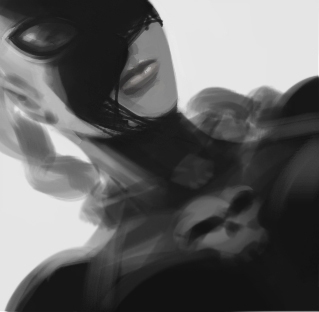
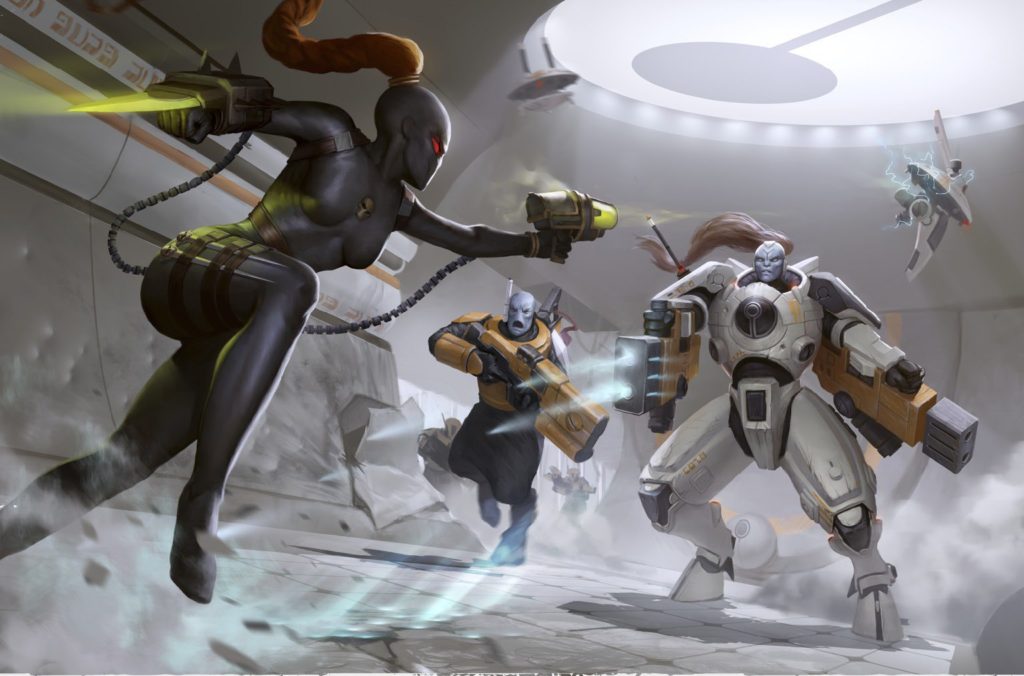
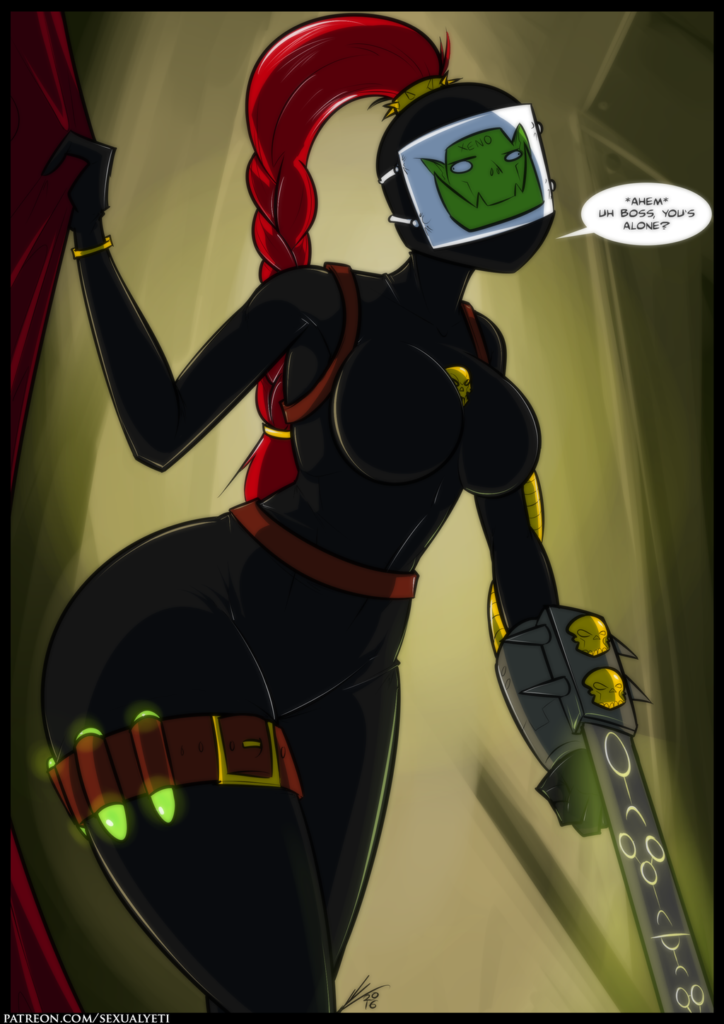
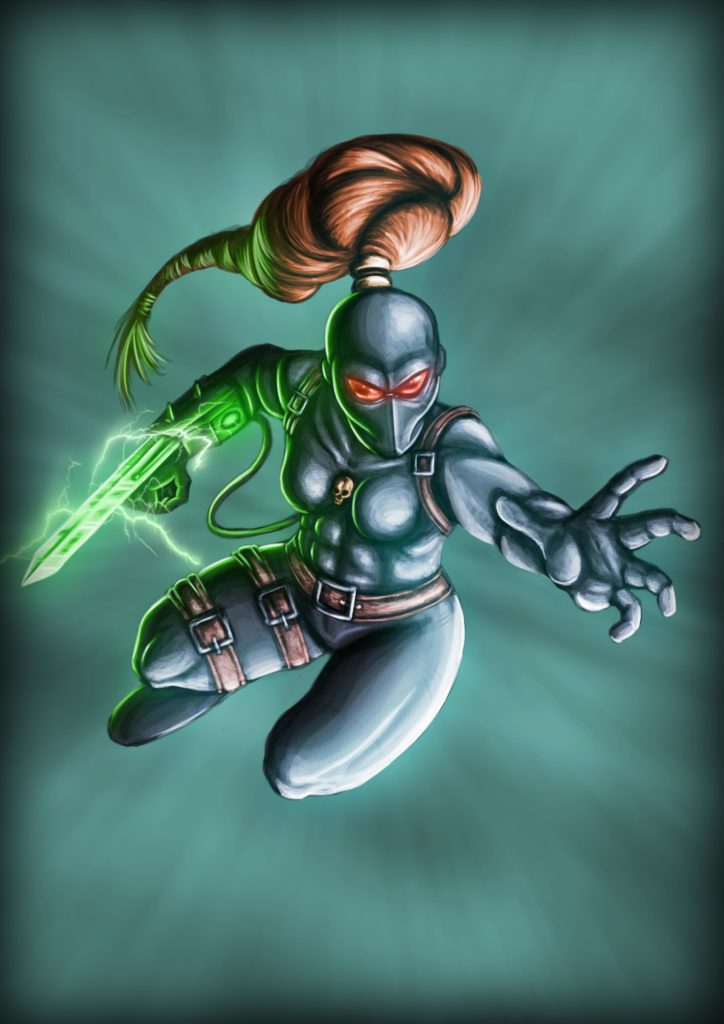
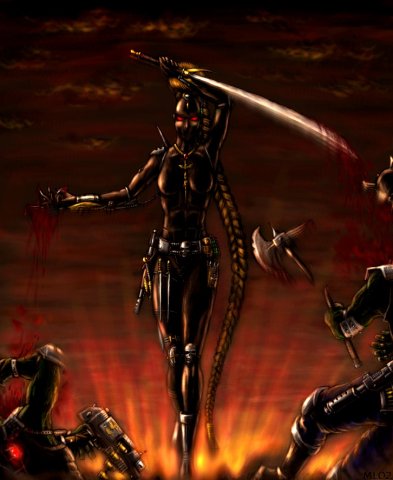

Surprised there isn’t more chatter on this one. The Callidus is such an incredibly useful tool. Just her ability to disrupt CP alone can be game changing and her new enhanced melee abilities are very appealing.
Yeah her weapon being Dmg2 really makes her a beast in my opinion. I was killing Smash Captains on the reg with her before, now she’s really good at it and will absolutely ruin any stupid elfs she finds.
Nothing quite like getting the drop on an Archon and telling the Drukhari player what a phase sword does.
Yeah, lol, that is very true, hahaha
I was going to pick the Callidus most of the time anyway just because I love the model and background, nice to know I won’t be hampering myself 😛
Great review as always AP!
I think the main reason she isnt a favorite for most players is that she performs better in turn 3 then when the table is full of models.
Her lack of specialization leaves her in an odd place.
Either way, she is a great model with great rules.
I am very excited to try out my army of Assassins, just got to get some games in, hopefully after Adepticon (where i wont be able to use the new rules 🙁 which is a major bummer)
Assassin bros! I’ve got my twelve assassins ready to roll for this weekend, it’s always a blast to play with them and Callidus, despite usually having a huge bullseye on their forward, are always big performers for me.
I’m just disappointed that the Rule of Three keeps me from using all of mine at once 😉
Man, I used her in a game today and she is absolutely outstanding. Aces characters in melee like nothing. Really, really good. In fact, I think she may be the best of the bunch.
Man you’re always taking contrarian stuff. Most people went OMG THE EVERSOR and OMG THE VINDICARE. Do you make use of the round 2 CP penalty strat she has? I assume you don’t really throw her at anything until she’s used up all of her CP-upcharging ability because she’s probably going to die to the retaliation.
she’s not the type of character you let sit around doing nothing initially….
the VVindicaire and Eversor are really good, no doubt. But in my test games the Callidus has been incredible. The ability to ignore invul saves and basically assault from very close means she will kill important characters very reliably. The extra CP ability for 2 turns is really strong, too.
How does the tactical reserve rule work with the Operative Requisition Sanctioned and the independent operative. I the ddployment in concealment a ‘deepstrike’ and therefore the Callidus (or one of the other three) can show up in battle round two? This will hamper the Reign of Confusion, as it only works in battle round one.
My local Warhammer store told me that the tactical reserves rule also covers the concealment and therefore No use of Them in battle round one. The Vindicare will count as moved when coming out of concealment? And then hitting on 3+?
Any thoughts on this? 🙂